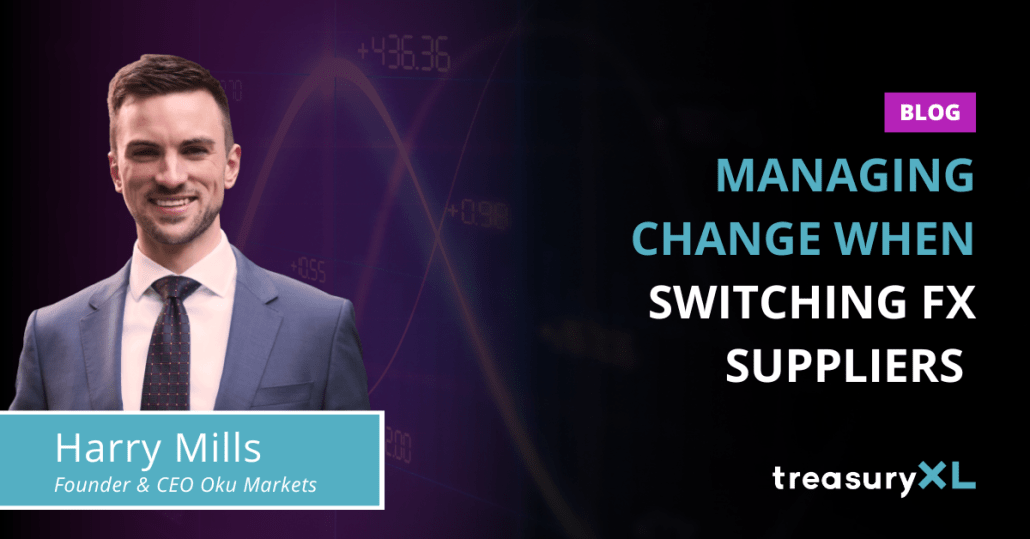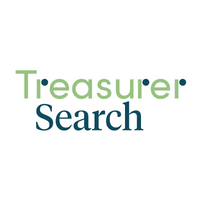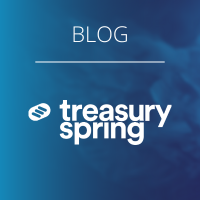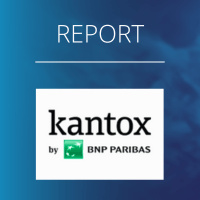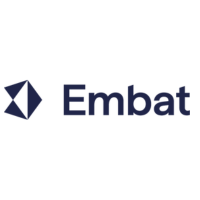It sounds straightforward, switching FX providers from one to another, but, there are a few hurdles to jump and common sticking points we’ve seen over the years. Whilst we make it as easy as possible, we believe in transparency and think it’s best to highlight some of the challenges that we come across from time to time.
Source: Oku Markets
We’ve split up this article into four sections and stuck with bullet points to make this a quick read and almost a checklist to work through if you’re switching providers.
Onboarding
- Application: You’ll need to complete an application form with company details and to accept T&Cs (a Director must do this).
- ID Verification: Your FX provider will need to verify the identity of any ‘Ultimate Beneficial Owners’ (UBO) of the company, typically requiring a check with Proof of ID and Proof of Address. Some of this can be automated using the latest software and databases but, bear in mind there may be a need to provide documentation during the onboarding stage
- KYC: Your FX provider will need to understand your business in a process called ‘Know Your Customer’ which, for the nitpicking, does include the ID verification stages mentioned above. Sometimes there will be a series of questions to be answered and, you may need to provide documentation such as financial statements or copies of invoices.
- Credit & Trading Terms: You will have trading limits and credit lines established, which may require a credit check and a request for financial statements and/or up-to-date management accounts.
FX Strategy
- The new strategy to be agreed: Requires testing, understanding, and agreement – a decision to be made! What is the decision-making process? Who is responsible? Can you authorise this or, does someone else need to?
- Sign-off from the decision-maker(s): You can’t start without this so, bring your decision-making stakeholders on the journey at the appropriate intervals. Your FX partner should be able to advise on the key information and how to explain things in a succinct and clear way.
- Users to be trained: bring operators up-to-speed on the new strategy, covering how, when, what, and why. Ensure they have procedure notes and process guides.
- Reporting: Who is reporting? How often? In what format? What are the metrics?
- Diary Discipline: If you’re trading to a schedule, make sure you get started and stick to it. This might require some diary work and discipline but, sticking to the programme will deliver the predictable outcomes the strategy is designed to deliver.
FX Trading & Payments
- New platform: Set up the system, learn it, bookmark it, and understand its capabilities and limitations.
- New contacts: Relationships with your new contacts, new email addresses and phone numbers, new processes to learn and adjust to (possibly)
- New accounts: You will have new settlement accounts to pay into and receive from so, ensure these are set in your bank system from day 1
- Authorisations: You’ll need to ensure you assign appropriate authorisations, user access, and trading limits for any company users
- Inform Beneficiaries: Let your beneficiaries know that they will be receiving payments from a new account. It would be useful if you could setup automated emails when payments are executed!
Admin/Ops
- Beneficiaries: You will need to add – or import – any beneficiaries for onward payments.
- Test Trade: It might be useful to make a small test trade so you can see the cash flows, learn the processes, and check the receipt of paperwork/emails so you know the process and can prepare any process guides as required
- Paperwork: You’ll be receiving trade confirmations, payment messages, and funding alerts from a new email address. You will need to mark the sender as a “safe sender” and ensure you have rules set in your email client to filter messages into a specified folder
Getting On With It…
An effective FX solution shouldn’t add workload, require lots of decisions, or cause unnecessary hassle for you. The idea is that you’re switching for a BETTER solution – efficiency, safety, security, pricing, strategy, policy, support etc., not for something more difficult.
Getting started is the first big step but, once you’re started, you’re off and away. Everybody is busy, with mountains of work and an actions list as long as their arm – your new FX provider should make it as easy as possible to switch and will guide you through each step quickly, securely, and simply.
Would you like to learn more?
Want to learn more? treasuryXL expert Harry Mills can guide you with breaking the asymmetry of knowledge and information in the FX market.
Thanks for reading!
Harry Mills, Founder at Oku Markets

